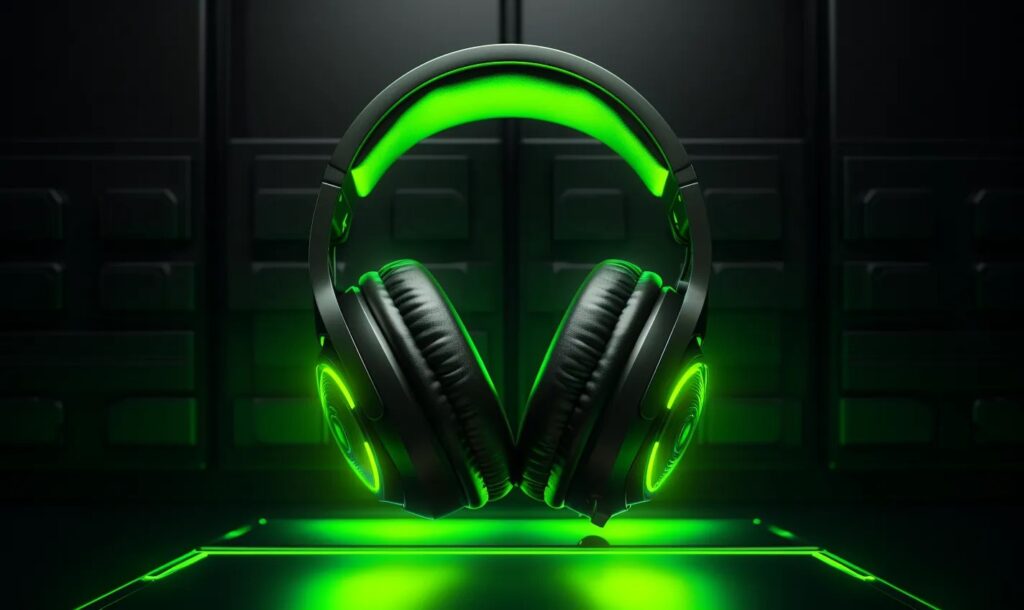Building their presence from humble beginnings as a common internet search engine, the powerhouse that is Google is now responsible for much of the technology we use on a day-to-day basis. In fact, more than 80% of all new smartphone purchases involve an Android device.
Whether you’re a user of the storage services of Google Drive or the company’s operating systems, Chrome and Android, there’s a good chance you’ve seen some of Google’s handiwork.
Although all of Google’s products are popular, useful and valuable, their latest endeavor, Google Fuchsia, could be their biggest and most significant tool yet. Despite the fact that Google Fuchsia is still considered an experiment, the open-source operating system is showing great potential to revolutionize productivity and bolster the consumer’s embrace of the Internet of Things.
What Is Google Fuchsia and Why Do We Need It?
Currently in its infancy, Google Fuchsia is, by all means, the most versatile and flexible operating system we’ve seen to date. Meant for use across all devices within the Internet of Things, including modern smartphones, smart appliances and modern computers, the Google Fuchsia platform could be the stepping stone needed to catapult the Internet of Things into the mainstream.
However, Google Fuchsia is still shrouded in mystery. The developers at Google have been rather tight-lipped about the new project, which ultimately leaves it subject to speculation of all kinds. Some early reports indicate that Fuchsia is meant to integrate Google Chrome with Android, which would provide a much more comprehensive and centralized computing experience.
The integration of Google Chrome OS and Android, if that’s indeed what’s happening, could prove to be a boon for those who are looking to jumpstart their productivity. By combining the speed and efficiency of Chrome with the cost-effectiveness and advanced functionality of the Android operating system, including user customization and virtual reality, Google could very well come up with a single solution that meets all of our current computing needs.
Since many of the details behind Fuchsia are still unknown, it’s not quite clear why Google is pioneering the new operating system. Interconnectivity between modern smart devices and the Internet of Things is another popular theory, as is the thought that Google wants to maintain greater control over Java-based programming in the future.
What Does This Mean for Google’s Other Products?
Despite its potential usefulness, Google Fuchsia isn’t expected to replace any Google products any time soon. As mentioned, the new operating system is in its early development phase. Not only will it take some time to realize and understand the exact purpose of Google Fuchsia, but its planned development could also take on a new, unexpected course as work continues.
It’s important to point out, however, that Google has already made several moves to try and integrate Android functionality within their Chrome OS. The recent addition of the Google Play Store onto all new Google Chromebooks will let the devices access the numerous apps that have long been available on Android devices.
What’s in Store for the Future?
As of right now, nothing is certain about the future of Google Fuchsia. While some view it as a revolutionary new solution that will enhance the accessibility and efficiency of current consumer technology, others see it as nothing more than the latest pet project of a bored team of engineers. If you’d like to get an early glimpse of the technology for yourself, you can do so by visiting Fuchsia’s official GitHub repository at https://fuchsia.googlesource.com.
[mc4wp_form]
Recent Stories
Follow Us On
Get the latest tech stories and news in seconds!
Sign up for our newsletter below to receive updates about technology trends















